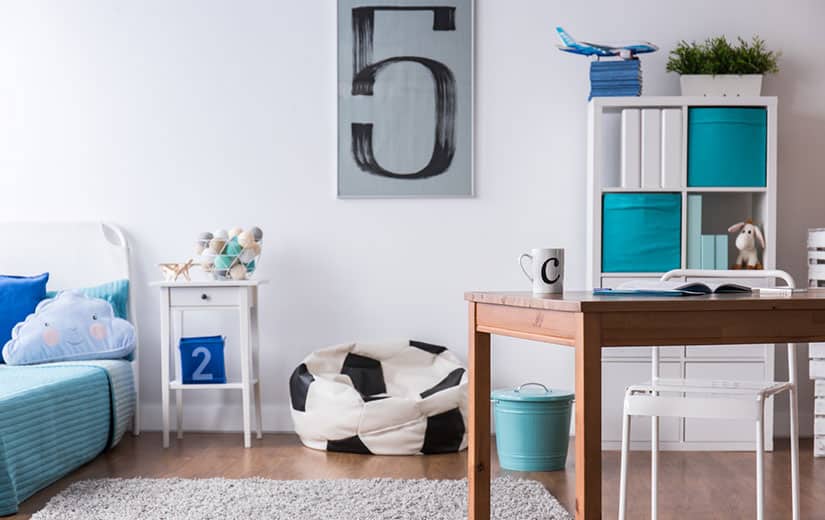Choosing your parquet floor can become a real headache. Knowing that you can not put any type of parquet in any room, it is good to first ask the right questions.
Beyond the aesthetic and color choice criteria, we come to ask ourselves the essential question: « What are the criteria to take into account when choosing a parquet floor? » »
Let’s try to clarify this !
Summary
The essence of wood
You should know that it is the hardness of the parquet that will condition its wear. Logically, the more crowded the room in which you will store your parquet, the more it is advisable to use hardwood.
To do this, know that you can list the wood according to 4 very distinct classes:
- Class A: This is where the softest woods are categorized. This is for example the case of spruce or even fir that will be recommended for rooms where traffic is less. This is for example the case of the bedrooms.
- The B-Class: where we find almost the same species of wood as those in class A.
- The C-Class: like oak, beech. They are particularly recommended in specific areas such as entrances, corridors, or even the living room.
- Class D: it is the one where we categorize the strongest and most robust wood species. For example, you have bamboo considered one of the strongest woods in the world or even merbau.
The thickness of the wear layer
The thickness of the wear layer will determine the robustness and life expectancy of your parquet.
The more the planks of your parquet are provided, the easier it will be for you to sand them correctly in order to give them all their initial shine.
Solid parquet or multi-ply parquet?
In the choice of your parquet, it is good to note that the parquets are divided into two large families: solid parquets and multi-ply parquets.
Because it consists of raw wood and a single species throughout its thickness, solid parquet has a thickness of between 16 and 28 mm. This is the most common parquet model. It is found in many wood species. This is the one that best promotes glued or studded laying.
It has many advantages, to name only the warm, natural and authentic sides. It is for this reason that it is more commonly found in country-type environments and cottages.
It is also a very resistant wood that you can tint, varnish, vitrify, wax or even oil according to your tastes in terms of interior decoration.
On the other side, we find the multi-ply parquet that we will recommend more in city environments, brief, cleaner. This is the so-called “multi-layer” parquet solution because it is made up of different strata of 2 to 3 plies depending on the model.
As a general rule, the strata of this technological novelty are arranged as follows: the wear layer, also called parment. This is the visible part of the floor and it is where you will find the type of wood of your choice. Then comes the central layer located in the middle of the floor and which is called the wooden support.
Sometimes this layer is made of high density fiberboard. Finally, you have the last layer of the parquet, also called counter-balancing of the same density as the wooden support and which has the role of preventing the blade of the parquet from deforming.
Read also: Floating parquet or solid parquet: comparison
Laying parquet: glued, studded or floating?
Once you have made the choice of your parquet, it is now time to choose the installation of the parquet.
The traditional laying, also called studded laying, will be intended for solid parquet floors. A millimeter less than the recommended one, which is 16 to 28 mm, will have the effect of deforming the parquet once the installation is finished. At worst, your parquet may crack or even burst over time, which is not very practical, especially if the damaged part of the parquet is in the middle of the room.
If your room or apartment has a floor heating device, it is recommended to opt for glued down installation. This is a more convenient way to promote better sound insulation in the room. Here you can choose both engineered and solid parquet.
Apart from the glued down pose, you also have the floating pose. It’s the one that myparquet advise you if you want to do your own work. Indeed, it is the easiest pose to achieve for the haves in the field of DIY. This type of parquet comes in the form of blades with interlocking and that you can lay on different kinds of surfaces. For information, the glued installation method can be applied to tiles, floors or even concrete. It is also the most cost-effective and recommended option if you are planning to carry out renovations in your home.
Whichever floor you choose in your household, don’t forget to lay an appropriate underlay beforehand. It is indeed a trick to improve the comfort of your floor which will then benefit from a better thermal and acoustic resonance. Don’t forget either that as the installation progresses, the elements of your room are likely to move. This is why it is crucial to leave an expansion gap of between 8 and 12 mm on either side of the room where you will install your parquet.





